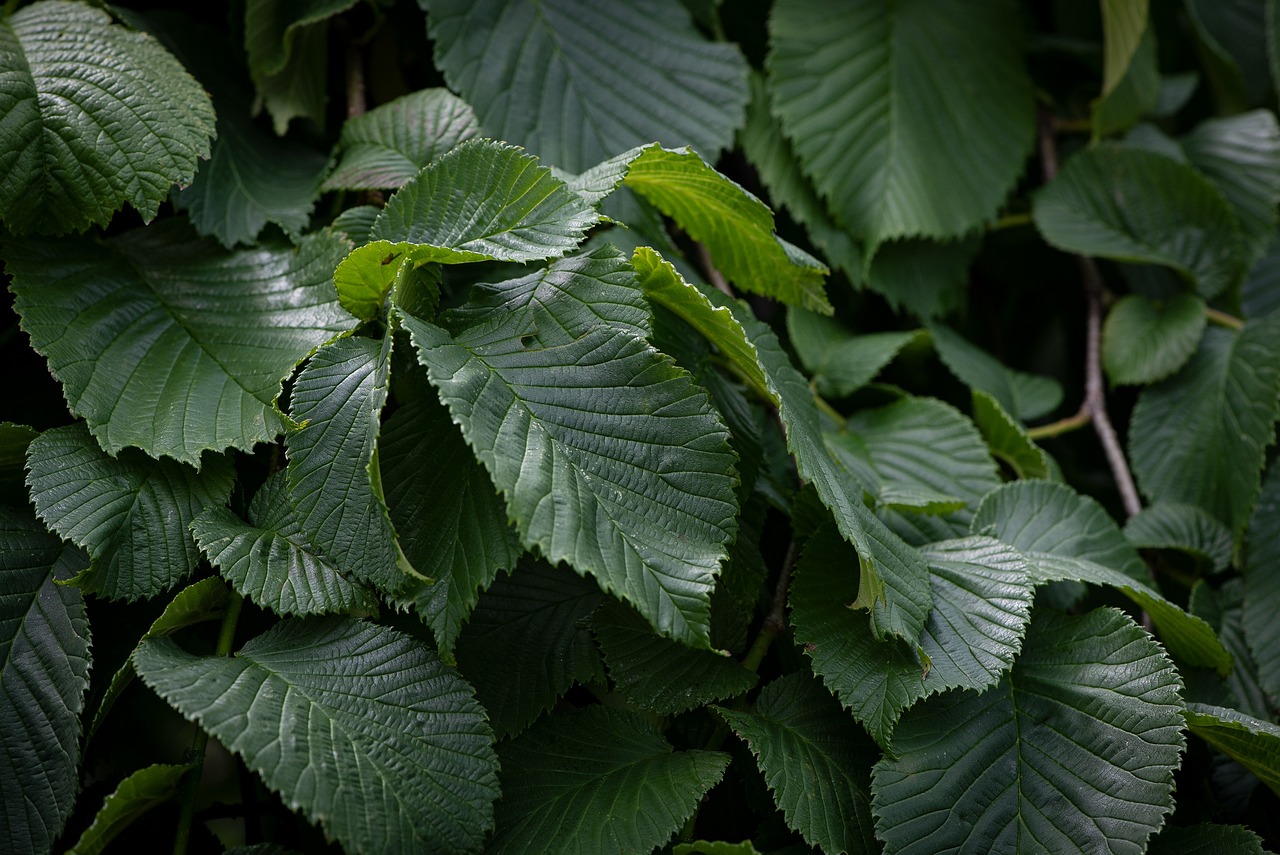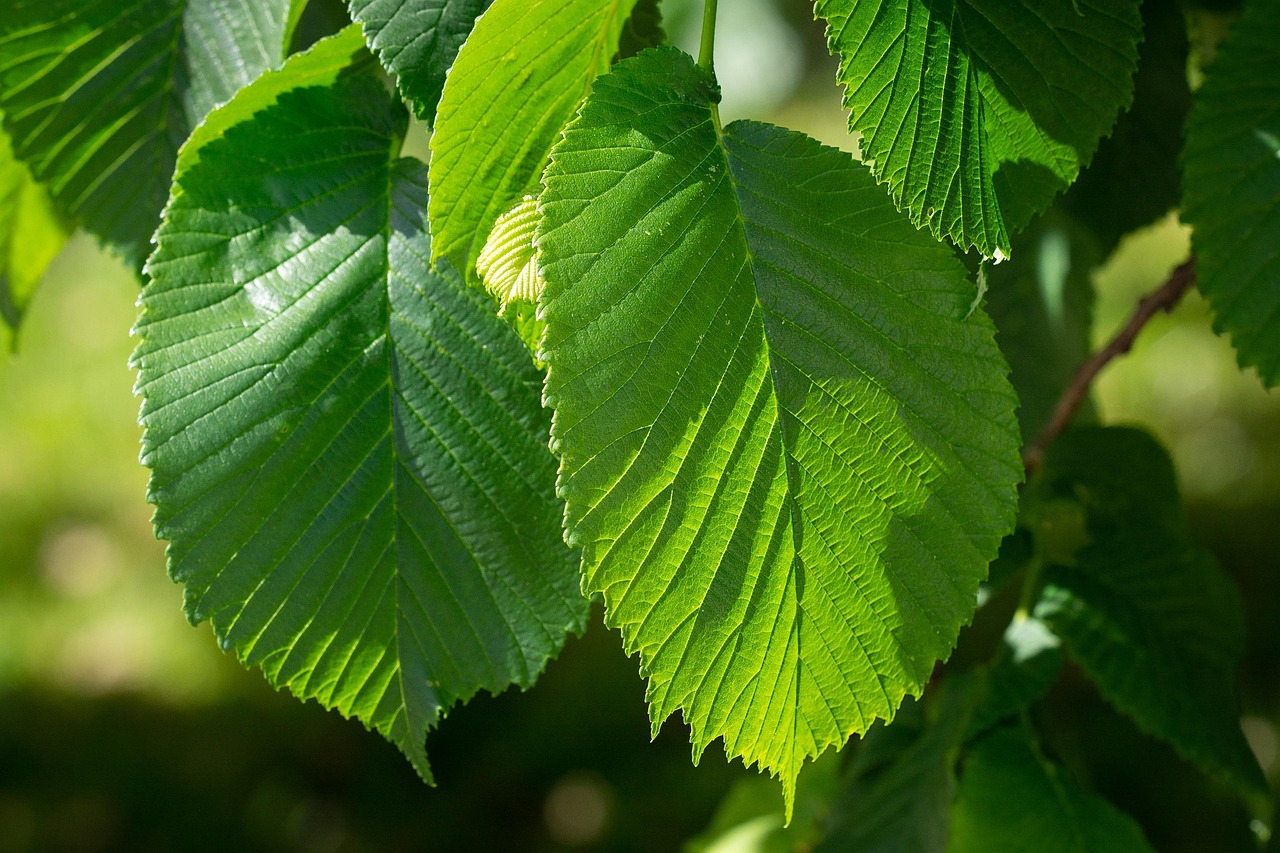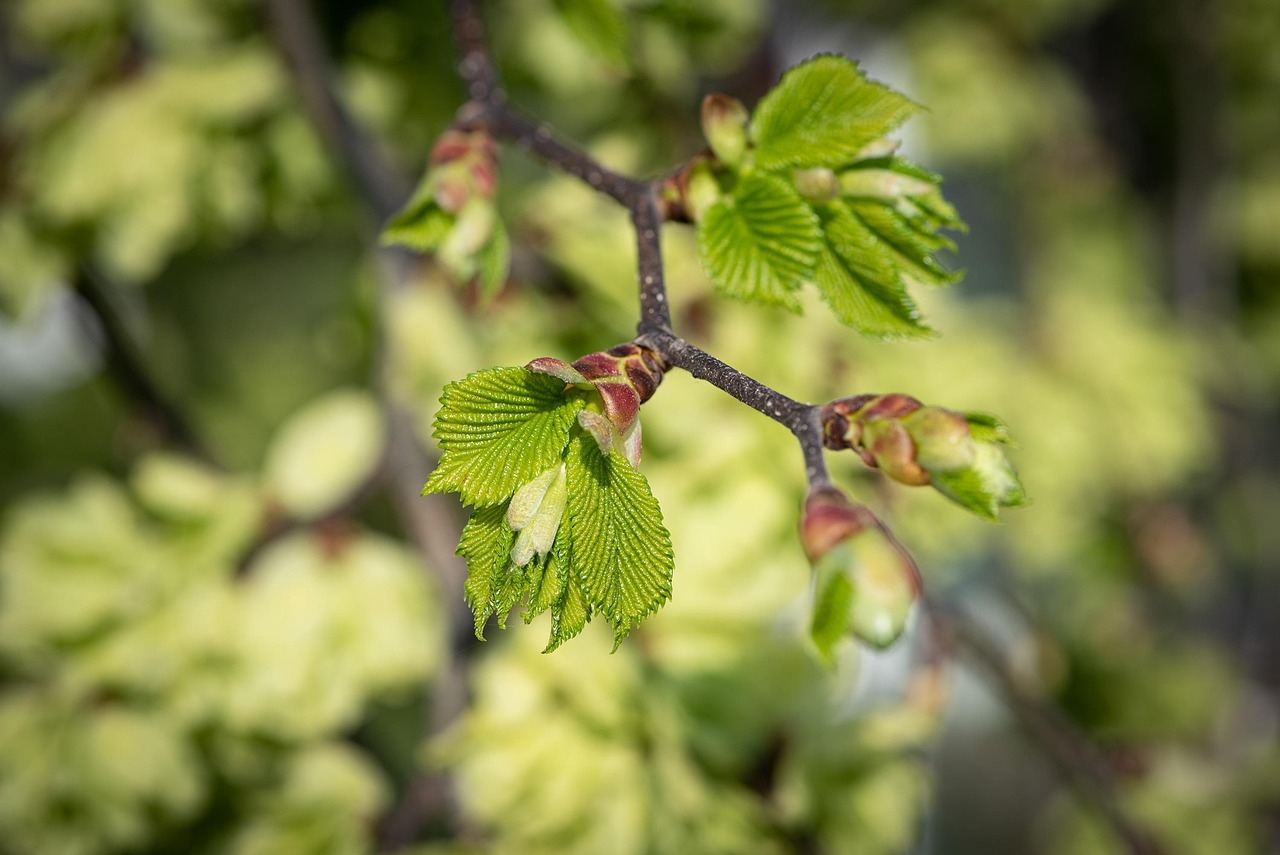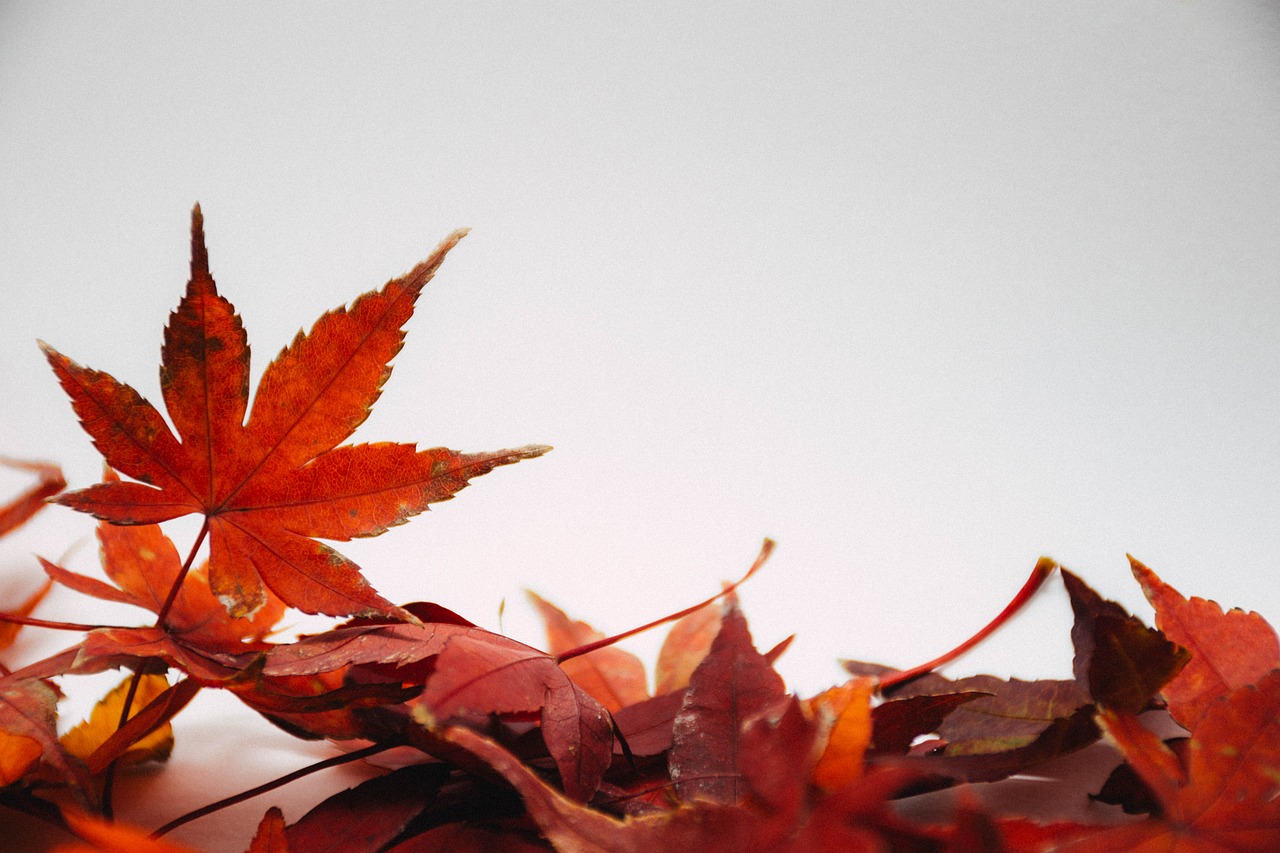To recognize a dying elm tree, look for key symptoms such as wilting leaves, yellowing foliage, premature leaf drop, and the presence of bark discoloration or lesions. Additionally, a noticeable lack of new growth and a weakened structure can indicate that the tree is struggling and may be dying.
Elm trees are popular for their stately appearance and shade-providing canopy. They are commonly found in urban landscapes and parks. However, like all trees, elms are susceptible to various diseases and pests that can threaten their health. Understanding how to identify a dying elm tree is crucial for timely intervention. This knowledge helps not only in saving the tree but also in maintaining the ecological balance of the area.
One of the most significant threats to elm trees is Dutch elm disease, a fungal infection spread by bark beetles. This disease has decimated elm populations in many regions. It is vital to be vigilant about the health of these trees, especially in areas where elms are prevalent. Recognizing the symptoms early can make a considerable difference in management strategies.
Key Symptoms of a Dying Elm Tree

Several visible signs can indicate that an elm tree is nearing the end of its life cycle. Here are some of the key symptoms to watch for:
- Wilting Leaves: Healthy elm leaves are typically vibrant and firm. If they begin to wilt or droop, it may signal that the tree is not receiving adequate water or nutrients.
- Yellowing Foliage: Yellow leaves can be a sign of nutrient deficiencies or stress. If you notice a significant number of yellow leaves, it could indicate that the tree is struggling.
- Premature Leaf Drop: If leaves are falling off the tree earlier than usual, this is a concerning sign. Healthy elms usually shed leaves in autumn; early shedding can indicate stress.
- Bark Discoloration: Check for areas where the bark appears discolored or damaged. This could be a sign of disease or pest infestation.
- Lesions or Cankers: Look for any lesions or cankers on the trunk and branches. These growths can signify serious health issues affecting the tree.
- Lack of New Growth: In spring, healthy trees produce new leaves and shoots. A tree that fails to show new growth may be under duress.
- Weak Structure: If the tree appears unstable or has branches that break easily, it may indicate internal decay or disease.
Monitoring these symptoms regularly can aid in identifying problems quickly. The sooner issues are recognized, the better the chances of recovery or effective management.
| Symptom | Possible Cause |
|---|---|
| Wilting Leaves | Water stress or nutrient deficiency |
| Yellowing Foliage | Nutrient deficiency or disease |
| Premature Leaf Drop | Environmental stress or disease |
| Bark Discoloration | Pest activity or disease |
| Lesions or Cankers | Fungal infections |
| Lack of New Growth | Overall tree health decline |
Being aware of these symptoms allows property owners and arborists to address potential issues before they escalate. By understanding what to look for, individuals can take proactive measures to protect and preserve elm trees in their care.
Common Diseases Affecting Elm Trees
Elm trees are often susceptible to a variety of diseases, many of which can lead to their decline and eventual death. Understanding these diseases can help in the early identification of issues. Here are some of the most common diseases that affect elm trees:
- Dutch Elm Disease: This is perhaps the most notorious disease affecting elms. It is caused by a fungus called Ophiostoma ulmi and is spread by bark beetles. Infected trees show symptoms such as wilting leaves and yellowing foliage.
- Elm Yellows: This is a phytoplasma disease that affects the vascular system of the tree. Its symptoms include yellowing of the leaves, stunted growth, and dieback of branches.
- Phloem Necrosis: Another vascular disease, phloem necrosis leads to a decline in tree health over time. Symptoms include yellowing leaves and branch dieback.
- Root Rot: This condition is often caused by soil-borne fungi. Trees with root rot may exhibit stunted growth and wilting leaves, and they are more prone to falling over.
Pests That Threaten Elm Trees
In addition to diseases, elm trees face threats from various pests. These organisms can weaken trees, making them more susceptible to diseases and environmental stress. Here are some common pests that target elm trees:
- Elm Bark Beetle: This beetle is a key vector for Dutch elm disease. It bores into the bark and lays eggs, leading to damage that can hinder the tree’s health.
- Asian Longhorned Beetle: This invasive species attacks various hardwood trees, including elms. The beetle creates holes in the bark and can lead to structural weakness.
- Spider Mites: These tiny pests feed on leaf sap, which can lead to leaf discoloration and drop. Heavy infestations can severely impact tree health.
Environmental Factors Influencing Elm Health
The health of elm trees is also influenced by environmental factors. Recognizing these factors can help in understanding the overall condition of the tree. Here are some key elements:
- Soil Quality: Elm trees thrive in well-drained, nutrient-rich soils. Poor soil quality can lead to nutrient deficiencies and stress.
- Water Availability: Both overwatering and drought conditions can negatively impact tree health. Consistent moisture is crucial for optimal growth.
- Sunlight Exposure: Elm trees prefer full sun to partial shade. Insufficient sunlight can lead to weakened trees that are more vulnerable to diseases.
- Competing Vegetation: Other plants or trees that compete for resources can hinder an elm’s growth. Proper spacing and maintenance are essential.
Preventative Measures for Maintaining Healthy Elm Trees
Taking proactive steps can significantly enhance the health and longevity of elm trees. Here are some effective preventative measures:
- Regular Inspections: Conduct routine checks for any signs of disease or pest activity. Early detection is vital for treatment.
- Proper Pruning: Remove dead or diseased branches to improve air circulation and reduce the risk of infections.
- Soil Management: Test soil regularly and amend it with necessary nutrients to support healthy growth.
- Irrigation Practices: Water deeply but infrequently to encourage strong root development. Avoid waterlogging.
- Pest Control: Implement integrated pest management strategies to reduce pest populations without harming beneficial insects.
By following these measures, elm tree owners can help ensure that their trees remain healthy and resilient against potential threats. Regular care and attention are crucial for preserving these majestic trees and the benefits they provide to the environment.

Signs of Stress in Elm Trees
In addition to the more severe symptoms associated with dying elm trees, it’s important to recognize signs of stress. Stress can weaken a tree’s defenses against diseases and pests, making it more vulnerable to decline. Here are some common signs of stress to watch for:
- Stunted Growth: If an elm tree is not growing as expected during the growing season, it could be a sign of environmental stress or nutrient deficiencies.
- Leaf Size Reduction: Smaller than normal leaves can indicate that the tree is struggling to photosynthesize effectively, often due to poor health conditions.
- Discoloration of New Growth: Newly developed leaves should be vibrant. If they appear pale or off-color, it may indicate stress.
- Increased Susceptibility: Trees under stress are more likely to succumb to diseases and pest infestations. Pay attention to any new pest activity.
Impact of Environmental Changes on Elm Trees

Elm trees are particularly sensitive to changes in their environment. Various factors can lead to increased stress levels or health decline. Understanding these factors is crucial for maintaining elm vitality.
Climate Change Effects
Climate change significantly impacts tree health. Changes in temperature and precipitation patterns can profoundly affect elms. Here are some specific effects:
- Temperature Extremes: Sudden temperature changes can stress trees, particularly if they occur during critical growth phases.
- Drought Conditions: Extended periods of drought can lead to water stress, hampering nutrient uptake and overall growth.
- Increased Storm Intensity: More frequent and severe storms can physically damage trees, leading to broken branches and structural weaknesses.
Soil Erosion and Compaction
Soil quality is vital for elm health. Compaction and erosion can severely impact root systems:
- Soil Compaction: Heavy foot traffic or machinery can compact the soil, making it difficult for roots to access water and nutrients.
- Erosion: Loss of topsoil can deplete essential nutrients from the ground, affecting tree health and stability.
Pest Management Strategies
Effective management of pests is essential for maintaining healthy elm trees. Implementing preventative measures can significantly reduce infestations.
Regular Monitoring
Regularly inspecting elm trees for signs of pests can help catch issues early. Look for:
- Visible Insect Activity: Check for pests on leaves, stems, and roots. Early identification allows for timely intervention.
- Damage Patterns: Recognizing specific damage patterns can help identify the pest responsible, guiding appropriate treatment options.
Natural Predators
Encouraging natural predators can help control pest populations without harmful chemicals. Some beneficial organisms include:
- Lacewings: These insects feed on aphids and other small pests.
- Ladybugs: Known for their appetite for aphids, ladybugs can significantly reduce pest numbers.
- Nematodes: Certain nematode species target soil-borne pests and contribute to pest control.
Caring for Elm Trees in Urban Environments
Elm trees in urban settings face unique challenges due to limited space and increased human activity. Here are some strategies for caring for these trees in cities:
- Adequate Space: Ensure that elms have enough room to grow both above and below ground. Proper spacing from sidewalks and buildings is essential.
- Avoiding Soil Compaction: Limit heavy activities around elm trees to prevent soil compaction, which can hinder root growth.
- Irrigation Adjustment: In urban settings, monitor soil moisture levels closely, as urban heat islands can lead to increased water evaporation.
- Tree Grates or Wells: Utilize tree grates or wells that allow air and water to penetrate while protecting the trunk from physical damage.
Caring for elm trees in urban environments requires particular attention to their needs. By implementing these strategies, tree owners can promote healthier growth and longevity, ensuring these magnificent trees thrive amidst urban challenges.
Additional Resources for Elm Tree Care

For those seeking to deepen their understanding of elm tree care, numerous resources are available. These can provide valuable information and support for both amateur gardeners and professional arborists:
- Local Extension Services: Many universities offer extension services that provide research-based guidance on tree health and management.
- Arborist Associations: Organizations such as the International Society of Arboriculture (ISA) offer training resources and certification programs for tree care professionals.
- Books and Online Courses: Numerous books focus on tree health, pest management, and care techniques. Online courses can also provide structured learning opportunities.
- Community Workshops: Local gardening clubs or conservation groups may host workshops on tree care, offering hands-on experience and expert advice.
Identifying and Supporting Urban Wildlife
Elm trees play a crucial role in urban ecosystems, providing habitat and food for various wildlife species. Recognizing and supporting these creatures is essential for maintaining biodiversity in urban areas:
- Birds: Many bird species rely on elm trees for nesting sites and food sources. Providing additional birdhouses or feeders can enhance their habitat.
- Insects: Healthy elm trees attract beneficial insects like pollinators. Planting native flowers nearby can support these populations.
- Mammals: Squirrels and other small mammals often use elm trees as a food source or shelter. Maintaining healthy trees aids their survival.
Final Thoughts
Recognizing a dying elm tree involves understanding the key symptoms of distress and potential threats, including disease, pests, and environmental factors. By being vigilant and informed, tree owners can take proactive measures to ensure the health of their elms. Regular inspections and proper care are vital in preventing decline.
The importance of elm trees extends beyond aesthetics; they contribute significantly to urban environments by improving air quality, providing shade, and supporting local wildlife. As stewards of these magnificent trees, individuals must commit to their care and preservation.
Through education, community involvement, and responsible management practices, we can protect elm trees for future generations. Whether you are a homeowner, gardener, or simply an admirer of nature, understanding how to recognize and respond to the symptoms of a dying elm tree is essential for maintaining the beauty and health of our landscapes.
As we face ongoing environmental challenges, the role that trees play in our communities will only become more crucial. By fostering healthy elm populations, we contribute to a greener, more sustainable future.
